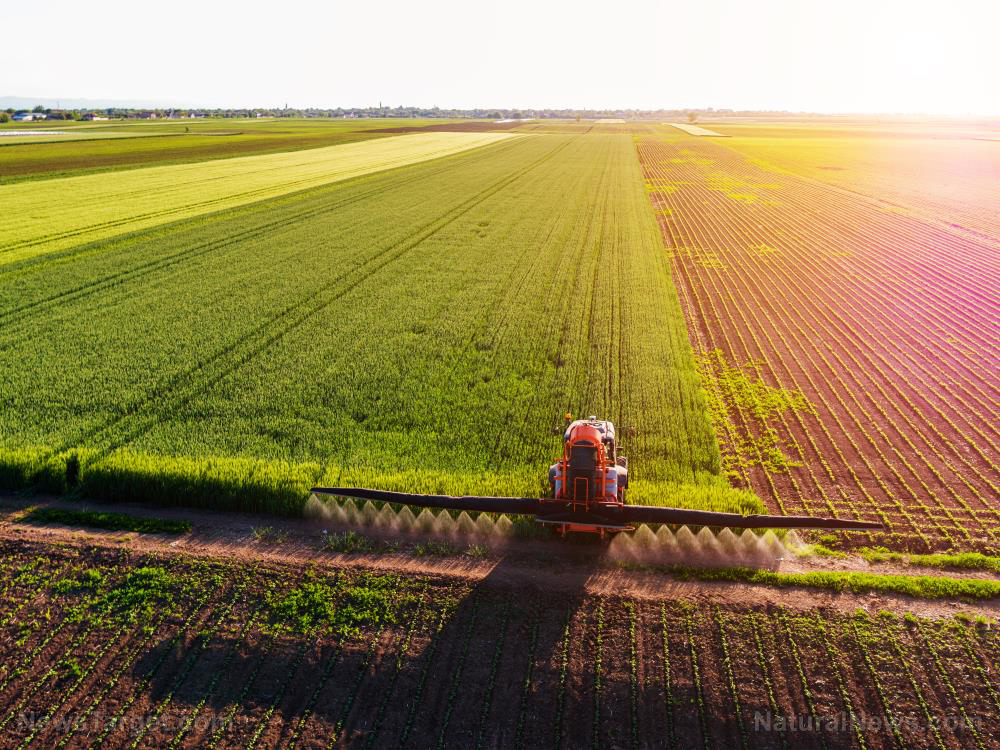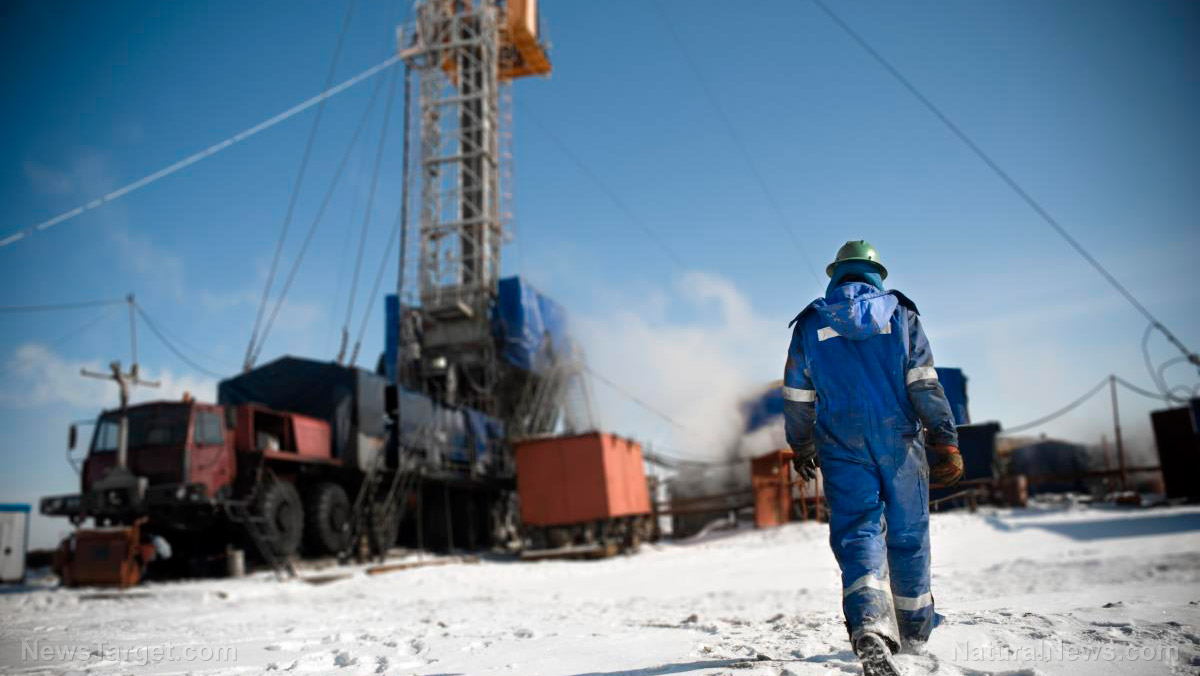
Brazilian farmers also suffering from supply chain crisis
Farmers in South America, particularly in Brazil, are dealing with a similarly dire outlook for their future harvests. Michael Langemeier, an agricultural economist at Purdue University, believes the situation farmers in Brazil are experiencing may be worse than what farmers in the U.S. are going through. Langemeier points out that one of the biggest concerns Brazilian farmers are dealing with is a steep shortage in fertilizer. "My understanding is that Brazil imports most of their fertilizer needs – even more than we do," he said. (Related: China places additional restrictions on fertilizer exports to safeguard own fertilizer stocks as supplies dwindle.) Jim Mintert, another agriculture economist from Purdue, believes Brazil's production for the 2022 harvest season is a "wild card." South American production plays a vital role in the overall demand for agricultural products. "On the demand side, I think that's really the bigger issue is when do we see a recovery and demand for exports, particularly to China," said Mintert. He believes Brazil will partially control future demand for many of the largest crops grown in the U.S., such as corn and soybeans. "But [there is] a tremendous amount of uncertainty in terms of what this rise in input prices is going to do to production next year," continued Mintert. Farmers in Brazil are concerned that the fertilizer shortage may last well into 2022. Fertilizer supplies for the year have been adequate so far, but the country's stocks are dwindling fast. Many farmers are already thinking about reducing the amount of fertilizer they use, which will affect overall crop yields. One other factor that might affect future Brazilian production is something that no farmer in the country can control: weather. Last harvest season, Brazil's corn output suffered due to extreme weather conditions. Drought devastated nearly half of all production in some locations in the country. With 67 percent of the energy supply in Brazil coming from hydroelectric power plants, the drought affected how much farmers had to pay for power. Learn more about how the supply chain crisis is affecting farmers around the world by reading the latest articles at Harvest.news. Sources include: AgWeb.com NationalHogFarmer.com FarmProgress.comPrices of used vehicles escalate as inflation spirals out of control across the US
By Matthew Davis // Share
PAY MORE OR FREEZE: Extremely cold winter to put upward pressure on prices of natural gas
By Matthew Davis // Share
Labor shortage and rising food prices force Vanceboro couple to close restaurant
By Ramon Tomey // Share
Ember & Edge: The lost art of self-reliance in a fragile world
By kevinhughes // Share
Trump issues veiled threats to Mexico, Colombia and Cuba following Venezuela military operation
By bellecarter // Share
Russia condemns U.S. capture of Venezuela's Maduro as "armed aggression"
By avagrace // Share
Escalating conflict in Yemen: Saudi Arabia and UAE-backed forces clash over oil-rich Hadramout
By bellecarter // Share
AI threatens the future of private messaging, experts warn
By lauraharris // Share
Gold and silver finish volatile 2025 with historic gains amid market turmoil
By kevinhughes // Share











